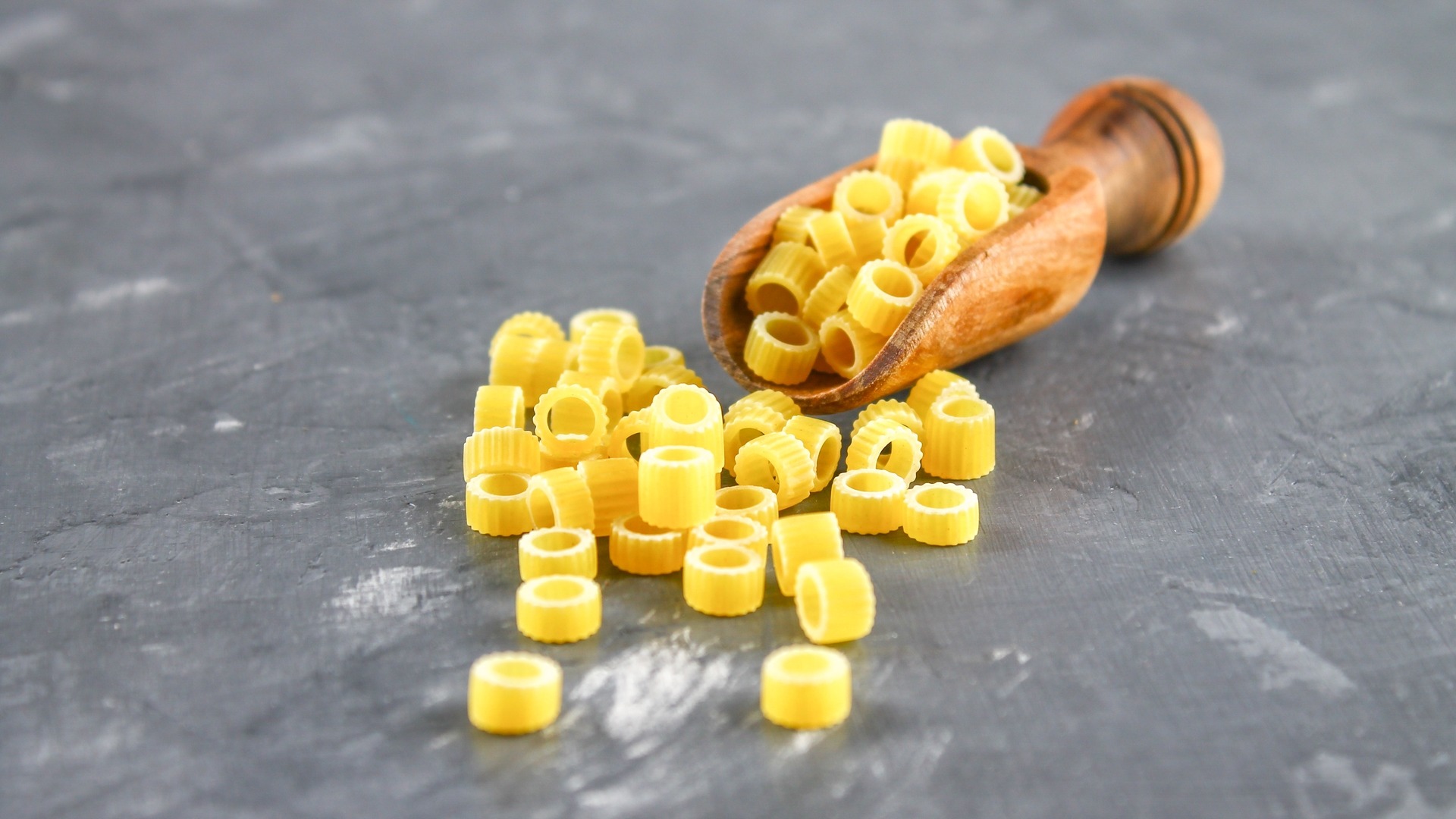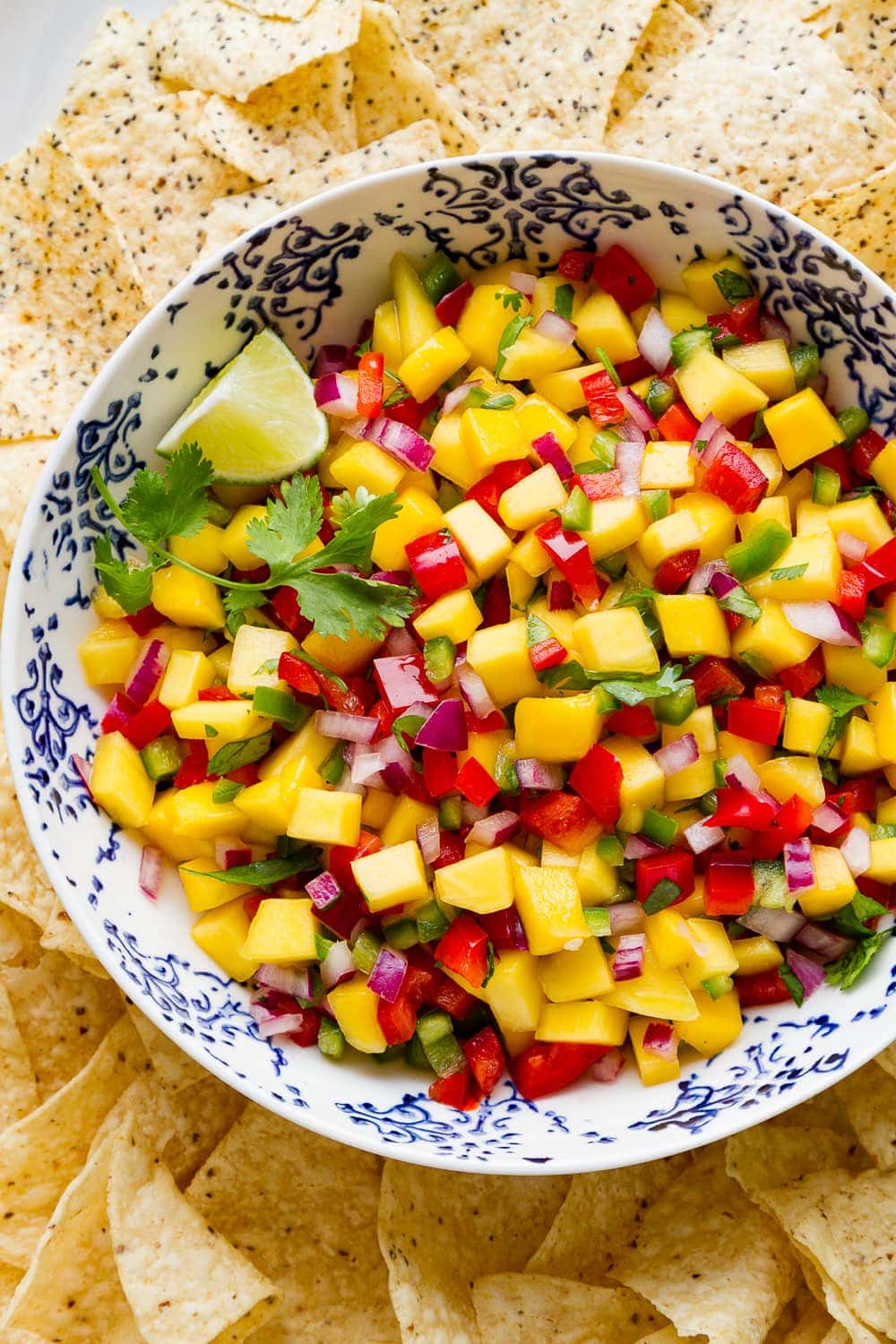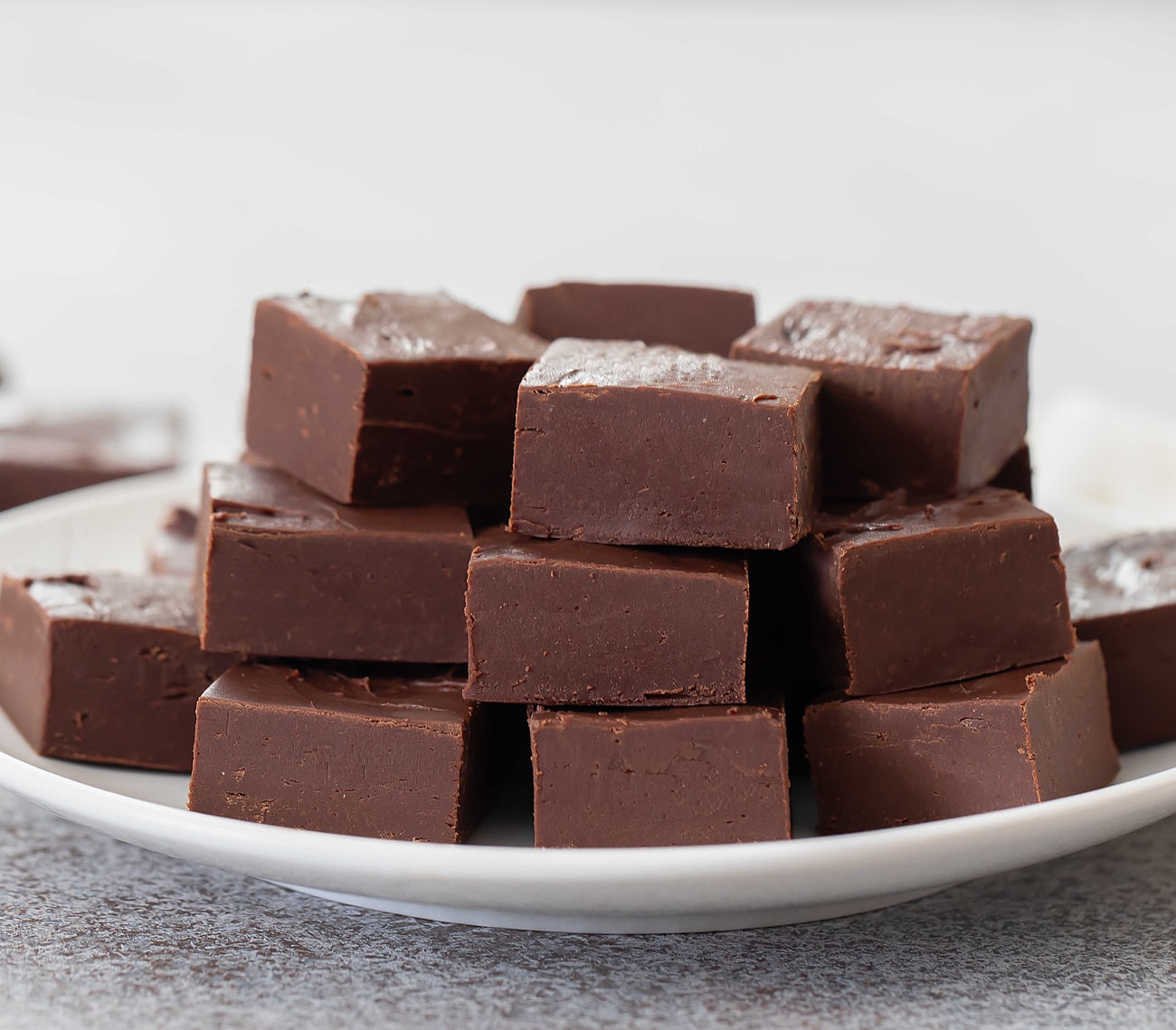When it comes to Japanese cuisine, two popular dishes that often get confused are sushi and sashimi. While both are delicious and often served together, they are actually quite different. Let's explore the nuances of each dish to understand what sets them apart.
Sushi
Sushi is a well-known Japanese dish that consists of vinegared rice combined with various ingredients such as seafood, vegetables, and occasionally tropical fruits. The rice is often seasoned with sugar and salt, giving it a slightly sweet and tangy flavor. The most common type of sushi is nigiri, which is a hand-pressed mound of rice topped with a slice of raw fish or seafood. Another popular form of sushi is maki, which involves rolling the rice and fillings in a sheet of seaweed known as nori.
Key Points about Sushi:
- Rice: Sushi always includes vinegared rice as a base.
- Variety: It can include a wide range of ingredients, from raw fish to cooked seafood and vegetables.
- Preparation: Sushi is often prepared with the help of a bamboo mat to roll the ingredients into a compact shape.
Sashimi
Sashimi, on the other hand, refers to thinly sliced, fresh, raw fish or seafood that is served without rice. The emphasis in sashimi is on the quality and freshness of the fish, as it is typically enjoyed in its purest form. Common types of fish used for sashimi include tuna, salmon, yellowtail, and mackerel. Sashimi is often served with soy sauce, wasabi, and pickled ginger on the side to enhance the flavors.
Key Points about Sashimi:
- No Rice: Unlike sushi, sashimi does not include rice as a component.
- Focus on Fish: The main focus of sashimi is the quality and freshness of the fish or seafood.
- Presentation: Sashimi is often elegantly arranged and served on a decorative plate.
The Main Differences
Now that we understand the basic components of sushi and sashimi, let's summarize the key differences between the two:
-
Rice: Sushi always includes vinegared rice, while sashimi is solely focused on the raw fish or seafood without any rice.
-
Variety: Sushi offers a wide range of ingredients and styles, including both raw and cooked options, while sashimi is primarily centered around raw fish or seafood.
-
Preparation: Sushi often involves rolling or shaping the ingredients using a bamboo mat, while sashimi is more about the art of slicing and presenting the fish in an aesthetically pleasing manner.
Conclusion
In conclusion, while sushi and sashimi are both beloved Japanese dishes that feature raw fish, they are distinct in their preparation, presentation, and overall dining experience. Whether you prefer the combination of vinegared rice and fresh seafood in sushi or the pure, unadulterated taste of raw fish in sashimi, both options offer a delightful exploration of Japanese culinary traditions. So, the next time you visit a Japanese restaurant, you can confidently order either sushi or sashimi, knowing the unique qualities that each dish brings to the table.
Was this page helpful?
Read Next: What Is Shrimp Lo Mein?











